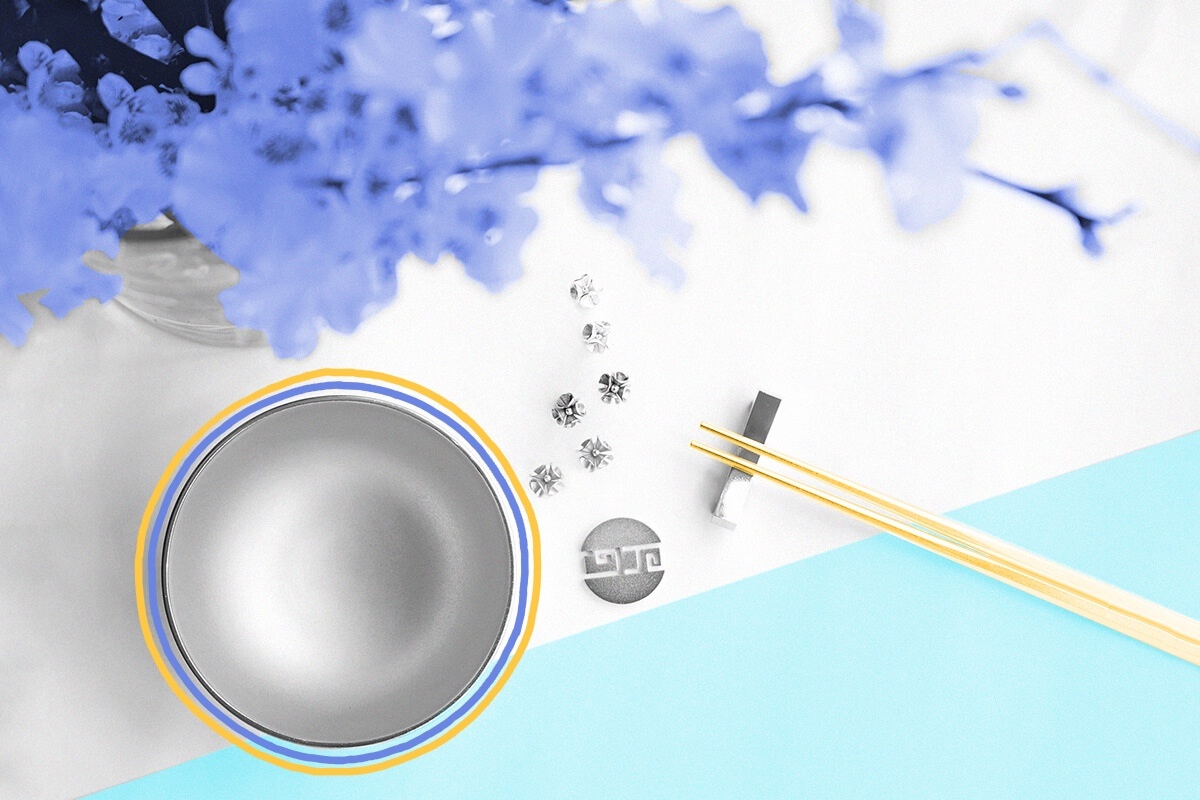
As common eating utensils, chopsticks in Asia are about 2,000 years older than the fork in Europe.
By the time most people in Europe started eating with forks, chopsticks had already been around in Asia for millennia. The versatile utensil is believed to have been invented in China roughly 5,000 years ago, although it was initially little more than twigs used for cooking rather than eating (compared to human fingers, chopsticks were a much safer way to grab food from boiling water). None other than Confucius is credited with helping to make chopsticks popular as eating utensils sometime after 400 BCE. A man who espoused nonviolence, the philosopher believed that knives evoked bloodshed and the “honorable and upright man … allows no knives on his table.” (Chopsticks, then, were a more peaceful way to pick up food compared to spearing it with a knife.)
Chopsticks gradually made their way beyond China’s borders and were the utensil of choice in other Asian countries such as Japan and Vietnam by 500 CE. Forks, meanwhile, slowly gained popularity throughout Europe after initially being used in their two-tined form by the ancient Greeks and Egyptians for cooking. Around the 11th century, they were introduced as eating utensils in Italy and France, after having initially been used in the Byzantine Empire — still in two-pronged form — but were widely frowned upon for centuries as unnecessarily luxurious or effeminate. Medieval Europe ate mostly with rounds of stale bread used as a platform for meat and vegetables, as well as with knives and spoons, which had been ubiquitous since ancient times. It wasn’t until around the 18th century that the use of forks — finally with three and four tines — became commonplace in much of Europe, in a slow process befitting their status as a late-to-the-party addition to the table.
Despite being home to just 33,000 people, the town of Obama, Japan, produces 80% of all lacquered chopsticks made in the Land of the Rising Sun. With a name meaning “little beach,” Obama — no relation to the 44th President, though the coincidence has certainly brought the city joy — is especially revered for its Wakasa-nuri chopsticks. In addition to more than a dozen layers of lacquer, each of which is a different color, the artisanal implements also feature shells, gold and silver leaves, and a special polishing technique known as migakidashi.

